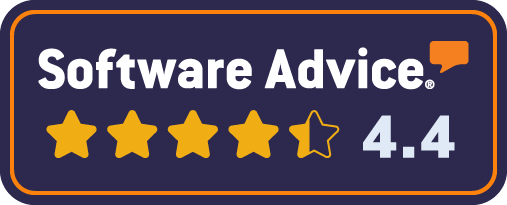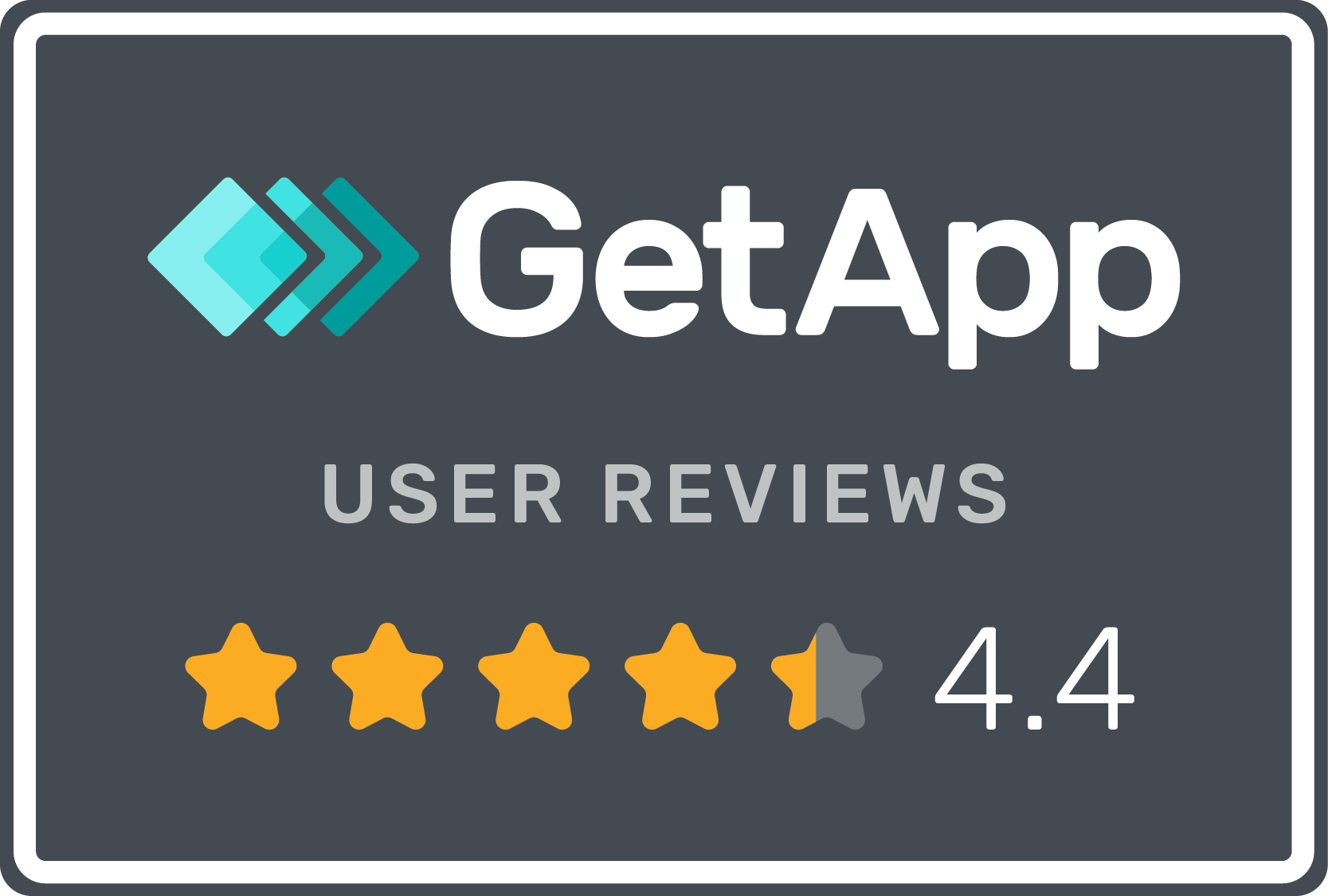talent management.
what is talent management?
Talent management is a continuous process that involves identifying current and future employees’ needs, attracting the best candidates for your open roles, providing learning and development opportunities, and motivating and encouraging team members to stay with your organisation for the long term.
who is responsible for talent management?
Although the HR department plays a critical role in managing talent, they need active involvement and support from everyone in the organisation for a talent management system to be effective.
A talent management system comprises several processes that permeate almost all areas and departments in an organisation. The best talent management systems or strategies have roles for everyone, from executives to employees:
- Executives approve the talent management framework and systems before implementation. They must also show their commitment to the systems to ensure all team members’ engagement for a successful implementation.
- Managers work directly with employees, so they are in a much better position to identify performance issues, come up with job descriptions, recommend development opportunities, etc.
- Employees participate in performance and development discussions and plans. They can also give critical feedback about management, processes, experiences, and peers, which can be used to improve the talent management strategy.
The role of HR is to lead and act as the expert on the organisation’s talent management systems and strategies. However, they need the support and involvement of employees, managers, and executives to realise the full potential of their strategy.
the benefits of talent management.
Organisations that invest in talent management benefit in the following ways:
better strategic hiring
Strategic hiring is a tactical process of recruiting and hiring candidates based on future business needs and objectives. It focuses on strategic objectives, and then considers the skills your employees will need in the future to achieve the organisation’s goals.
This process enables organisations to identify potential skill gaps in advance and develop plans to fill them, either by upskilling, reskilling, or hiring a contingent or permanent employee. It reduces the amount of time and the costs associated with positions that are vacant longer than they need to be.
enhanced employee retention
Retaining employees is a top priority in the highly competitive labour market. Finding the best fit for a role can take several weeks if you don’t have a talent management system. You will likely suffer increased losses from reduced productivity and incurred training and onboarding costs.
A good talent management strategy ensures the organisation provides the best employee experience from the first point of contact, maximising retention. It also identifies causes of attrition so you can prevent them.
improved employee engagement and productivity
Talent management involves identifying and nurturing employee skills. It allows proper allocation of responsibilities within the capabilities of each employee. Allocating tasks to the best-suited employee avoids disengagement, burnouts, and schedule overruns. This has a significant impact on their productivity and motivation.
increased diversity, equity, and inclusion
Organisations that hire based on data can improve diversity, equity, and inclusion. A diverse workforce increases learning, creativity, and productivity and reduces employee turnover. Working with people from different backgrounds brings unique perspectives, which leads to better problem-solving and employee performance.
Candidates are increasingly considering it a priority in their job hunts, so it also increases your potential candidate pool.
better succession planning
People in some roles possess specialised knowledge critical to completing specific processes. Succession planning creates a formalised structure to transfer the knowledge so, in case of turnover or retirement, operations can continue as usual.
Succession planning also allows an organisation to identify employees who would perform best in certain roles and what skills they need, enabling them to create a personalised individual development plan.
Investing in talent management strategies is taking care of your organisation’s most valuable asset: your employees. It will enable you to win the war for talent.
talent management best practices.
No matter the size of your organisation, your talent management strategy and process, or the number of employees you have, you can benefit from the following talent management best practices:
- Use the latest HR technology solutions like applicant tracking systems and onboarding software to provide a good employee experience.
- Analyze the data collected by your technology solutions to measure and track performance with KPIs and make data-driven decisions. KPIs like time to hire, cost per hire, and interview-to-offer ratio can be used to improve talent management strategies.
- Consider outsourcing HR if you don’t have the resources to implement and maintain HR technology or employ the HR expertise you need to properly manage talent.
- Think about hiring internally instead of hiring externally. It improves talent management by increasing employee retention rates.
win the war for talent with hireful.
An organisation that wins the war for talent attracts, builds, and retains a high-performing, engaged workforce. But to do so, a solid talent management strategy that leverages the best practices, tools, and technologies is critical.
One of the tools you shouldn’t ignore is an applicant tracking system (ATS). It can streamline your recruitment process, strengthen your employer brand, deliver a better candidate experience, and provide an inclusive recruitment process.
hireful is a feature-filled, flexible, and intuitive ATS supported and implemented by a knowledgeable team to help you get the most out of it. It eliminates the need to have a large HR team by automating most tasks and improving the system’s efficiency. You can constantly track your candidates’ progress and collect data that you can use to improve your talent management system.
Schedule a 15-minute intro call to learn how hireful can improve your talent management and help you win the war for talent.










